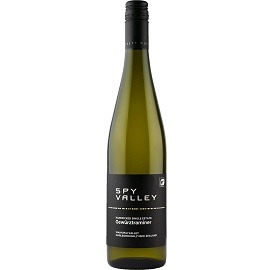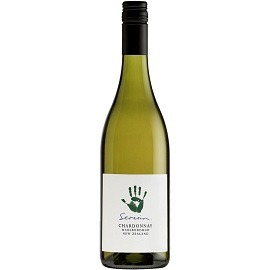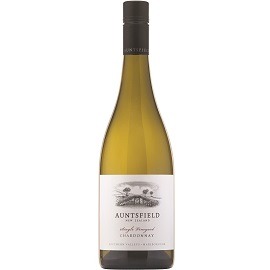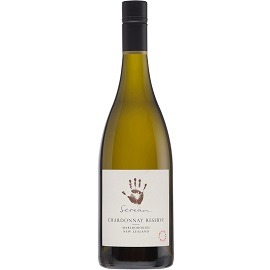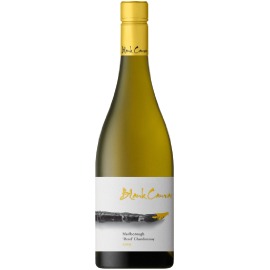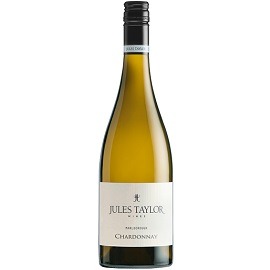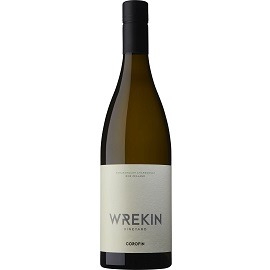Trophy for Champion Chardonnay – New Zealand International Wine Show 2024
Double Gold Medal – New Zealand International Wine Show 2024
This exciting new addition to the Rapaura Springs lineup is already making waves. The Rohe range has been given a bold new look, featuring striking gold labels—and it’s not just the packaging turning heads. The 2023 vintage has earned top honours, taking home a Double Gold medal at the 2024 New Zealand International Wine Show (NZIWS) and being named the overall Champion Chardonnay.
Kingsley Wood, NZIWS convenor and a well-known Chardonnay connoisseur, noted:
"Chardonnay was another standout class, with judges very impressed by the overall standard—awarding 8 Double Gold and 21 Gold medals."
To be crowned Champion Chardonnay at a show of this calibre, the wine must truly be exceptional.
Crafted to exacting standards, this Chardonnay is made from hand-harvested fruit, wild-fermented in French oak, and matured for 10 months in 39% new oak—resulting in a wine of remarkable depth and character.
NZIWS Judges' Comments (2023 Vintage)
"Pale gold in the glass with juicy golden peaches, creamy oak and a touch of vanilla. The finish is long and lingering with a delectable note of caramel and spice. An eyecatching new label in the Rapaura Springs family."
Winery notes (2023 Vintage)
"The soils of the Southern Valleys subregion naturally restrict vine vigour. This sub-region sits inland, away from the Marlborough coast, with cool evening temperatures during the critical ripening period, preserving acidity and extending ripening for Chardonnay.
Expressive citrus and stone fruit aromas such as melon, ripe peach and nectarine complement grapefruit, vanilla and brioche flavours on the palate. These flavours are framed with a flinty complexity and core of juicy acidity. This wine is immediately enjoyable but will continue to drink well for the next eight years.
The grapes for this wine were hand harvested from vineyards located in the Omaka Valley. The fruit was gently pressed in small presses, then transferred to French Oak for fermentation using natural yeasts. Once the barrels were dry a secondary fermentation converted the malic acid into softer lactic acid. The wine was aged for ten months in barrel. A total of 39% new oak was selected to complement the fruit flavour."
94/100 David Walker Bell, WineFolio.co.nz, June 2024 (2023 Vintage)
"A wine from the Omaka Valley, in Marlborough’s Southern Valleys sub-region. Winner of the Trophy for Champion Chardonnay at the New Zealand International Wine Show last year. It boasts a new golden label too. A pale straw-green colour in the glass. The bouquet is bold and eye-catching, with peach, lemon curd, vanilla, red apple, grapefruit, baking spice and a touch of struck-match flintiness adding complexity. The oak is prominent but suits the style, with warmth, spice and swagger. The fleshy fruit flavours benefit from the flow of tangy acidity, giving drive through the palate. A creamy texture cossets the back of the palate, and the finish has a butterscotch note and good persistence."
92/100 Cameron Douglas MS, February 2024 (2023 Vintage)
"Familiar scents of baking spices and barrel smoke with peach and baked apple then roasted nut and kitchen cupboard spice and pop-corn idea. Plenty of weight and satin cream mouthfeel, flavours of stone fruits and baked apple laced with spice and nut. A decent acid line keeps the palate salivating and keen. Best drinking from 2025 through 2029."

 NZ-Wide
NZ-Wide 
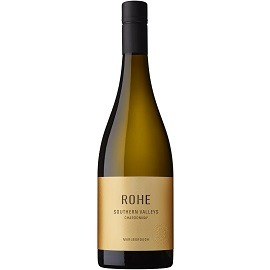




 NZ-Wide
NZ-Wide Free Shipping
Free Shipping Buy Online
Buy Online






